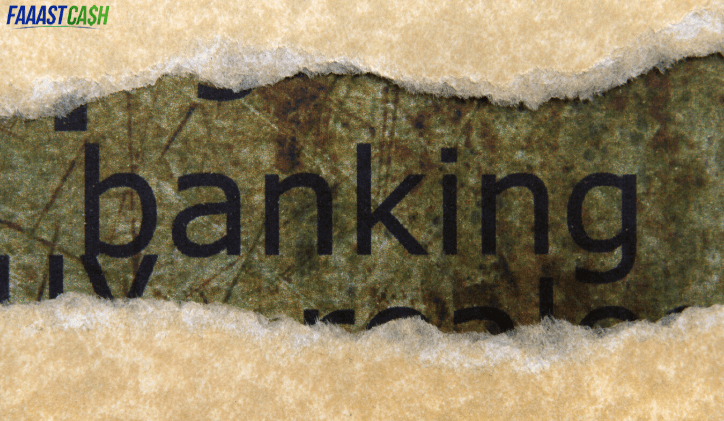What’s the Difference Between Statement Balance and Current Balance?

Whenever you check your credit card balance, you will be presented with two balances, a statement balance and a current balance. These balances are different and can be confusing, especially when you are trying to find out which balance you should pay first to avoid interest charges and improve your credit utilization ratio.
Statement Balance Vs. Current Balance: What's the Difference?
Your statement balance is the amount you owe on your credit card at the end of your previous billing cycle. Your current balance is the total amount you owe on your credit card account up to date.
How Is Your Statement Balance Decided?
Your statement balance includes all the transactions made during the last billing cycle and previous unpaid balances, if any. The billing cycle can be 20-45 days and varies from one bank to another. According to the CARD Act of 2009, you have 21 days to pay off your statement balance from the day your credit card company gives you the bill. Some companies give you a grace period, and no interest is charged if you pay your statement balance in full in this time period.
Statement Balance Vs. Current Balance: Which One Should You Pay to Avoid Interest?
You need to pay your statement balance in full on the due date to avoid interest charges and current balance in full to improve your credit utilization ratio.
• Pay Your Statement Balance to Avoid Interest Charges
You can avoid added interest charges by paying off your statement balance in full on the due date every billing cycle. If you cannot pay off your credit card statement balance in full, then you must make an effort to pay at least the minimum amount. This will help to avoid negative marks on your credit report and late fees.
Some credit card providers may offer customers a grace period of 21 days from the date of mailing or delivering a statement balance. The grace period will allow you to pay off your balances with no additional interest rates.
• Use Automatic Payments to Avoid Interest Charges
Most credit card providers offer automatic payment option to their customers. If the autopay option is available, you can select “statement balance” as your choice. This will make sure your statement balance is paid on the due date and help you avoid late payment and interest charges. Remember to check whether you have enough funds in your account to process the payment.
How Your Credit Card Balance Influences Your Credit Score
Banks generally report your credit card balance to credit bureaus when your billing cycle ends. Some banks report on the first of the month while some on the last day of the month. Your credit report shows your creditworthiness, which is based on several factors that determine your FICO score. The higher your credit score, the better.
What Determines Your Credit Score
There are several factors that determine your credit score:
• Payment History – 35% of your credit score is based on your payment history. That’s why it is important to pay your credit card bills on time. Skipping a payment will affect your credit history.
• Utilization – It makes up 30% of your credit score. It’s recommended to have a 10% credit utilization.
• Length of History – For how long you have open accounts gets 15% weightage in your score. The longer you have an open account in good standing, the more you will be creditworthy. It’s even better when you have multiple open accounts.
• Credit Mix – Your mix of credit cards, retail accounts, and installment loans makes up 10% of your score. It’s better to have different types of accounts open and in good standing.
• New Credit – The number of credit cards you open gets 10% weightage in your credit score. If you open multiple accounts in a short time, it will negatively affect your credit score due to hard inquiries done. However, your score will recover after making a few, on-time monthly payments.
How Your Current Balance Affects Credit Utilization Ratio
Your current balance may have an impact on your credit utilization ratio, depending on how your credit card provider reports your account balances to the credit bureaus. Generally, the credit utilization rate is the amount of available credit you are using. If you want to improve your credit score, you should not use more than 10% of your available credit limit. If you keep your credit utilization ratio under 7%, you will get a much improved credit score.
Credit bureaus calculate a customer’s credit utilization ratio based on the balances they receive from the credit card provider. You can check with your credit card provider to determine whether they send your statement or current balance to the credit bureaus and pay off your balances accordingly.
However, it would be a good choice to pay off your current and statement balances on time to avoid interest charges and poor credit scores.


